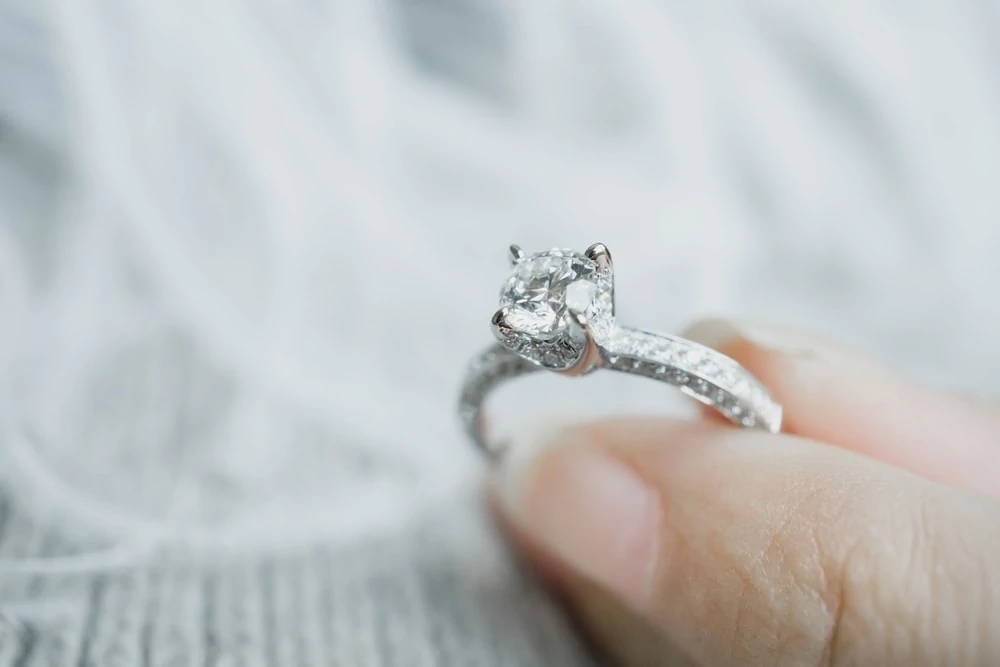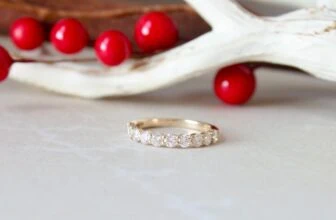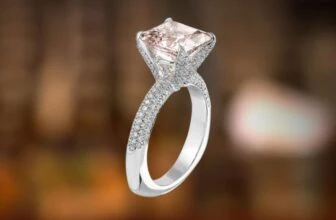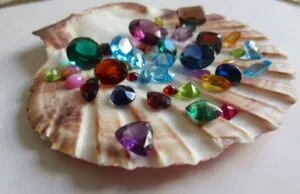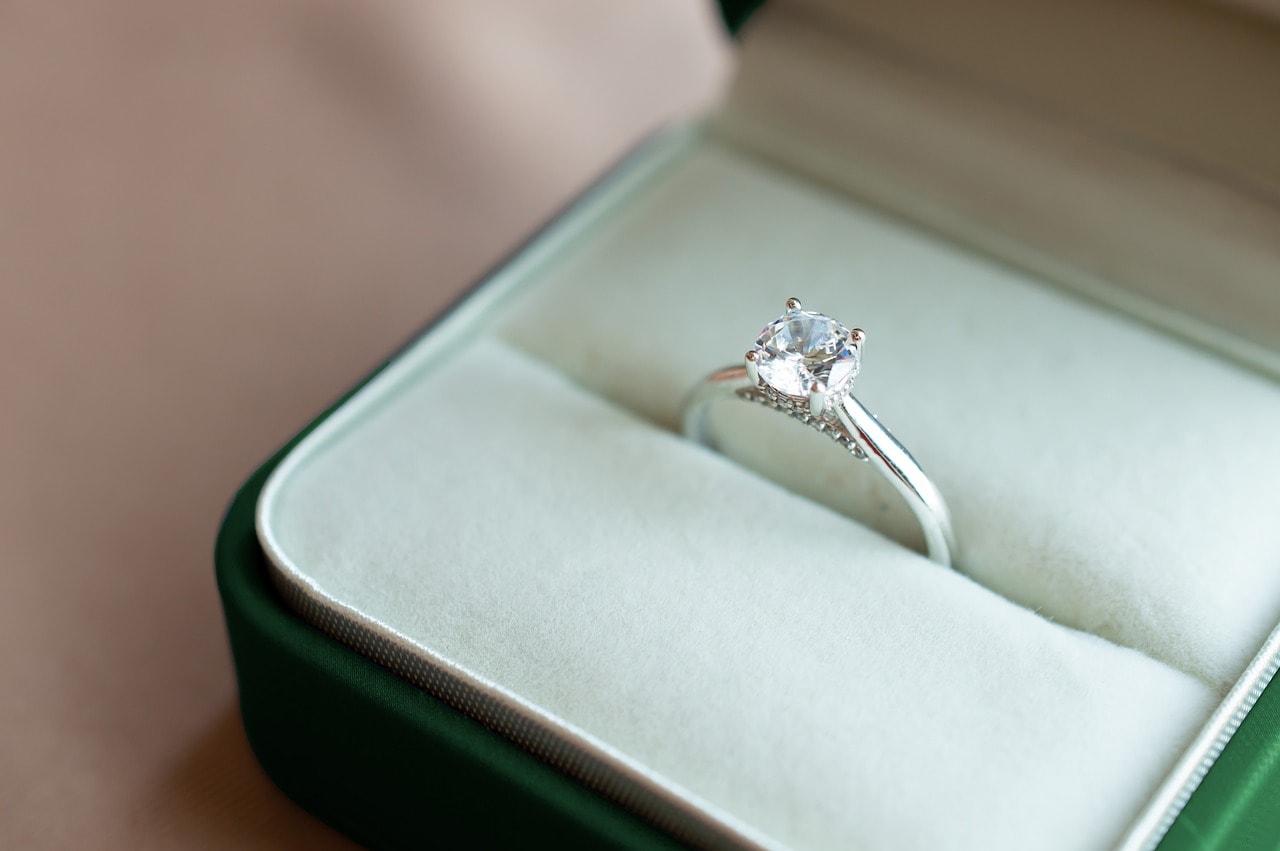
Table of Contents
In the diamond industry, Canadian diamonds have acquired the reputation of being conflict-free and of better quality than diamonds sourced from other countries. Many major jewelry brands go on about the rare and exclusive beauty of Canadian diamonds and a lot of confusion surrounding Canadian diamonds exist.
Are they better than other diamonds? Why are they more expensive? Are they worth the hype? These are some common questions that consumers often ask about Canadian diamonds.
In this article, we’re going to keep it short and simple as we outline the pros and cons of Canadian diamonds and whether they’re worth your money.
The Rise of Canadian Diamonds
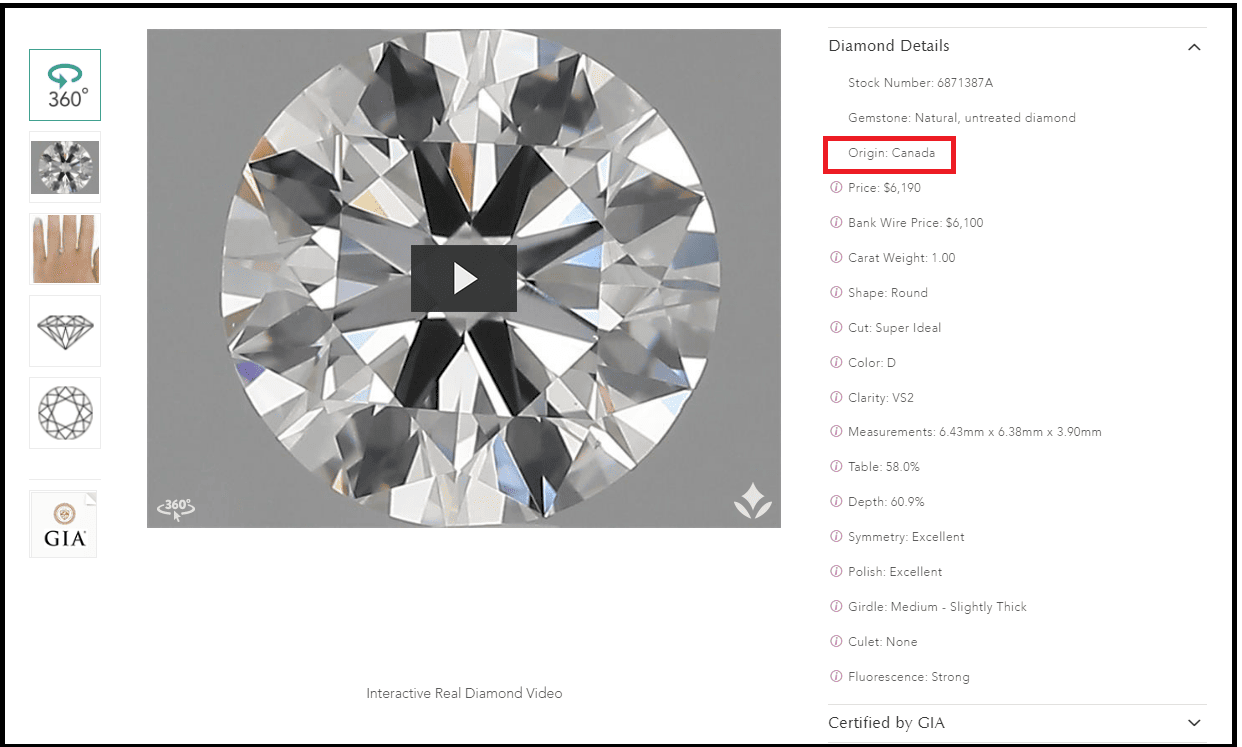
Diamonds were first found in Canada in the early 1990s, just 30 years ago. However, while they may have been recently discovered, diamonds from Canadian mines are the oldest ‘precisely dated diamonds on earth’, formed 3.5 billion years ago.
Within a relatively short period, Canada has become a major player in the diamond industry, producing about 15% of the world’s diamonds. That’s third in line behind Botswana and Russia, the top two diamond producers.
Canadian diamonds came onto the market at about the same time that African gemstones began to gain bad press for related to war crimes and human exploitation. Consumers were becoming conscious of purchasing conflict-free diamonds and Canadian diamonds offered a perfect alternative.
Breaking Down the Myths
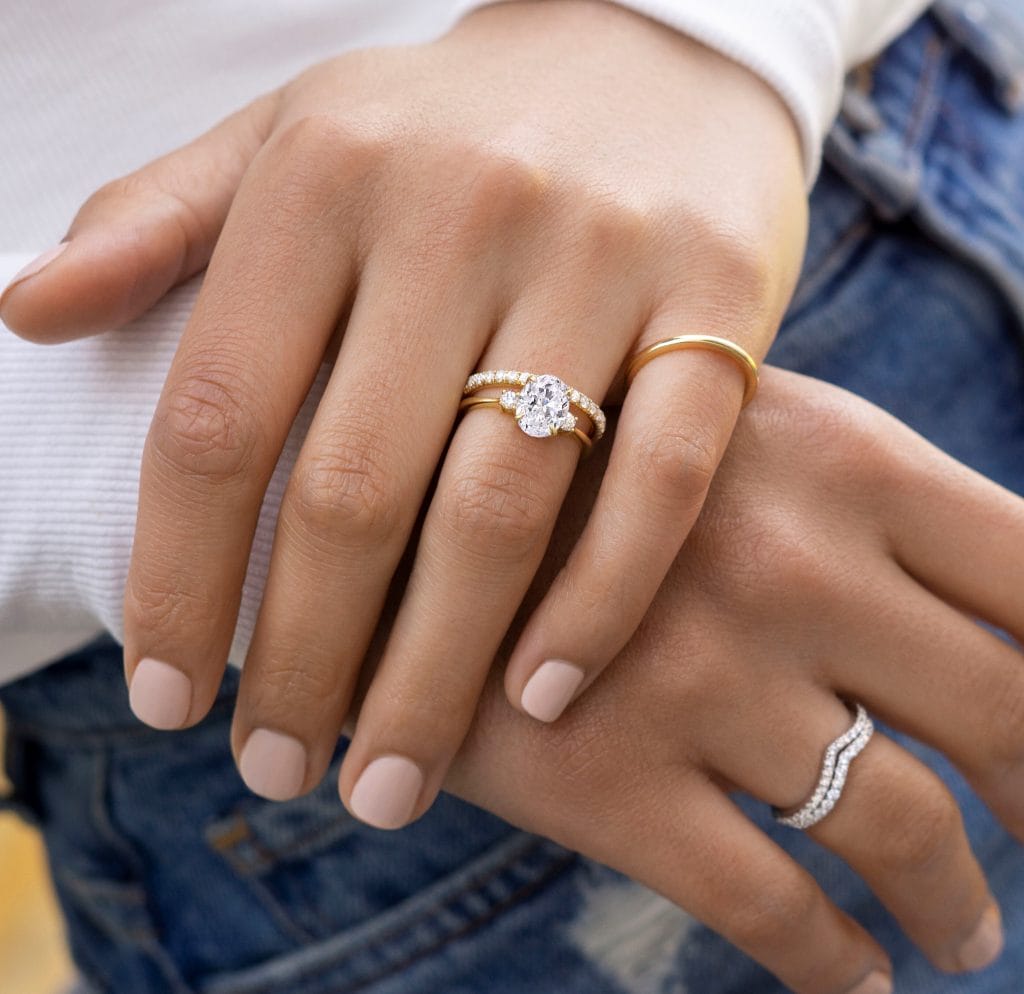
Here are some common statements associated with Canadian diamonds. Let’s break these down.
1. Canadian Diamonds are More Beautiful – Myth
This is simply not true and any jeweler attempting to sell you a diamond with the line ‘Canadian diamonds are more beautiful’ is simply taking you for a ride. This is false marketing and should not be trusted.
As Redfern, professor of Earth Sciences at Cambridge University states, Canadian diamonds are identical to diamonds found anywhere else in the world. A diamond is a diamond, regardless of its country of origin. Take a diamond rough from a mine in Russia, Botswana or Canada and they all appear the same. The ultimate beauty of the diamond depends on quality factors such as the 4Cs and has nothing to do with its sourcing.
2. Canadian Diamonds Have Better Sparkle – Myth
You’ll frequently come across statements like ‘Canadian diamonds have better light performance’ or ‘Canadian diamonds are more brilliant’. They say that these gemstones have better light flow due to fewer internal flaws and a different atomic structure.
There is little evidence to make these claims and if you place a Canadian diamond and a diamond from somewhere else side by side, chances are you won’t be able to tell which is which. Take a look at the two diamonds below, which have very similar specifications.
3. Canadian Diamonds are More Expensive – True

Yes, this is true. The biggest drawback of Canadian diamonds is its cost. Canadian diamonds costs roughly 10% to 15% more which can burn a big hole in your pocket. There are a number of reasons that contribute to this factor.
- Mining Challenges: The conditions in Northern Canada where diamonds are mined can pose massive challenges to miners. The climate is harsh, remote and often dangerous. Mining requires specialist equipment that can deal with the specific climate conditions all of which add to the price tag of the diamond.
- Higher Government Tariffs: The Canadian government imposes high tariffs and taxes on the diamond mining industry in the country. Labor costs are also much higher than would be in countries such as Africa.
- Branding Costs: Canada has an impressive system of branding their diamonds, which includes engraving symbols and tracking numbers on their diamonds. These symbols that denotes origin raise the value of the diamond and distinguishes it, even though it may be the same as a diamond from another country.
- Canada’s Ethical Image: Canada has an image of being an ethical country, and consumers take this image seriously. The assurance that a diamond is conflict free adds to the cost of a diamond. There are also practical costs involved such as tracking numbers, laser engraving and so on.
So what do all these extra costs mean for you, the consumer? A more expensive diamond, of course. As mentioned, a Canadian Diamond costs between 10% to 20 more than other diamonds. There is a noticeable difference in price although both diamonds are incredibly similar.
4. Canadian Diamonds are Ethical and Sustainable – Neutral
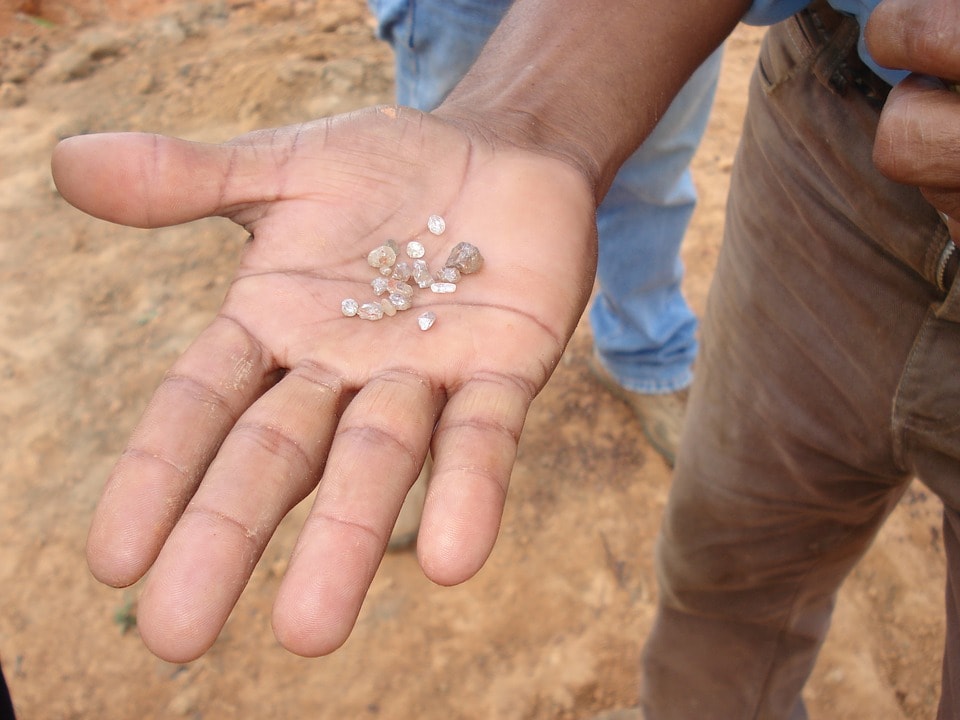
This is possibly the most important aspect of Canadian diamonds and the one that consumers take the most seriously. Canada is often cited as being the gold standard for diamond mining and as being the most ethically sourced diamonds on the market.
The thing is, there is very little difference between a Canadian sourced diamond and one sourced from any other diamond producing country that actively subscribes to the Kimberly Diamond Act of 2003. With the introduction of the Kimberly Process, the focus has been on trading in only legitimately acquired diamond rough. Today, almost every retailer on the market offers diamonds that are conflict-free.
It is important to add that blood diamonds refer to a small percentage of gemstones that were acquired by guerrillas of Sierra Leone using forced labor and sold to fund their war atrocities back in the 1990s. The civil war in Sierra Leone has been over for more than fifteen years and the efforts of the international community have worked together to restrict the flow of conflict diamonds onto the market.
In terms of sustainability, no diamond is a hundred percent green. Mining, regardless of where or how it is done, will have an environmental impact and this can be seen in Canadian diamonds too. Canada has very high environmental standards but this doesn’t mean that there is no toll on the environment.
5. Canadian Diamonds Can be Tracked – Neutral
For a diamond to be Canadian, it is important that the consumer is able to track it back to its source of origin. It should have a ‘birth certificate’ that allows you to see where it was mined.
But here’s the problem:
Many diamonds sold as Canadian are not traceable. The diamond may be sold as Canadian but they may lack original certification or an identifiable number.
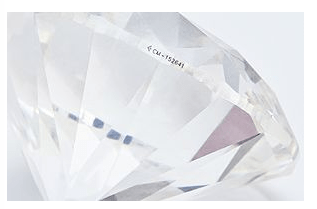
If you look closely, you can see the CanadaMark symbol and the ID number of this diamond engraved onto its girdle.

This screenshot shows the details of a Canadian diamond, including the mine of origin and serial number.
A true Canadian diamond should have a laser inscription on its girdle with a serial number. They also should be accompanied by a trade logo such as the Canadamark symbol, the words Ice on Fire, maple leaf or polar bear.
So Should I Buy a Canadian Diamond?
After all this, you might be wondering whether or not you should still opt for a Canadian diamond. A great reason to go for a Canadian diamond is a sentimental reason. For example, some couples choose to buy a Canadian diamond if either or both partners are from Canada or if Canada is an important location for the couple for one reason or another (e.g. they met in Canada).
Apart from such sentimental reasons, there really is no difference between a diamond that has originated in Canada as opposed to a diamond from somewhere else.
Where Can I Buy A Canadian Diamond?
If you are going to purchase a Canadian diamond, it’s important to buy from a reputable and trustworthy retailer who will not rip you off. Most retailers don’t tell you the origin of the diamond, and may not offer Canadian diamonds because they’re more expensive.
Brilliant Earth is currently one of the online giants that offer Canadian diamonds. They also have a clear filter on their site that allows you to sort diamonds based on country of origin. In the past, they offered Russian diamonds but have since ceased trading with Russia.
Blue Nile also has an excellent range of Canadian diamond jewelry. These are ready-made pieces that house Canadian diamonds. However, they don’t appear to offer any loose Canadian diamonds.
Wrapping Up
Canadian diamonds are generally viewed as an ethical choice because of the country’s political stability, labor protections, environmental regulations, and traceability of the diamonds. If you’re from Canada, that’s an added reason to buy a Canadian diamond – a souvenir from home!
However, one thing to note is that the environmental impacts of mining will always exist. It’s important to make informed decisions when purchasing diamonds, whether from Canada or elsewhere. If a mined diamond isn’t your thing, why not check out a synthetic diamond? These have a much smaller carbon footprint.


